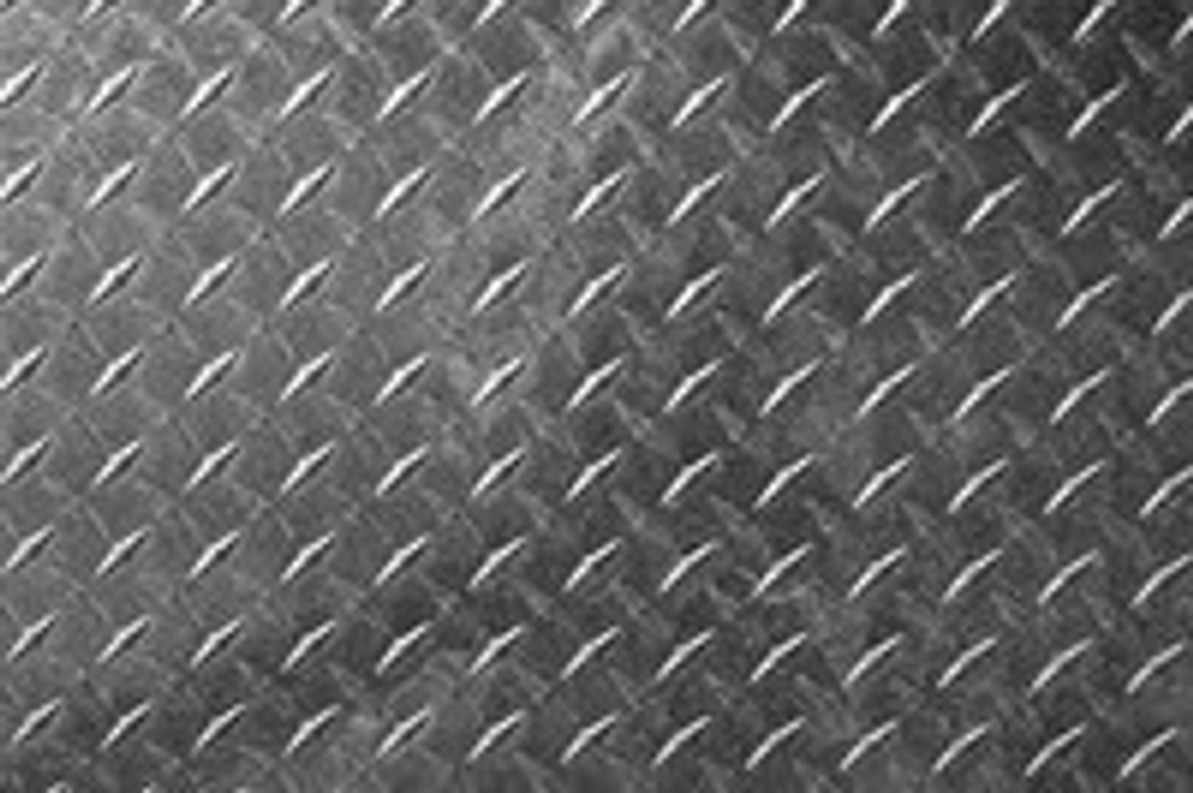Dangers of Working With Sheet Metal
The unique properties of sheet metal make it a rather dangerous material to handle. If your company produces, transports or handles sheet metal, you should take additional precautions to ensure the safety of your employees. Some companies completely overlook sheet metal as a potential workplace hazard, leaving employees susceptible to work-related accidents. In this post, we're going to cover some of the top dangers of working with sheet metal, along with some important safety tips for companies to follow.
Cuts and Severe Lacerations
One of the biggest dangers of working with sheet metal is the potential for cuts and lacerations. Finished pieces of sheet metal are typically smoothed out on the sides to reduce the chance of cuts. When a piece of sheet metal is still being fabricated in the factory, however, the edges may be sharp. Running your bare hand or fingers across the edge of a piece of sheet metal can easily cut into your flesh, creating an open laceration.
Skin Burns
Another potential danger of sheet metal fabrication that employees need to be aware of is the potential for skin burns. Unlike wood, sheet metal is highly conductive to thermal energy. If there's an open flame or other heat source nearby, the sheet metal will pick up some of this heat. Touching a hot piece of sheet metal can burn an employee's hands or body.
Of course, sheet metal is equally conductive to cold temperatures as it is for heat. Employees handling sheet metal outdoors during the winter may experience frostbite from touching it.
Breathing In Sheet Metal Dust
A lesser-known danger of working with sheet metal is the potential for breathing in tiny particles of dust. These particles will gather in the lungs where they increase an worker's risk of respiratory illness and disease.
Sheet Metal Fabrication Safety Tips:
- ALWAYS wear heavy-duty gloves when handling sheet metal.
- Wear a respirator or dust mask to prevent inhalation of sheet metal dust.
- Never attempt to carry an oversized piece of sheet metal by yourself.
- Wash your hands thoroughly with soap and water after working with sheet metal (even if you wore gloves).
- Wear safety glasses to protect your eyes from flying debris.
- Ensure your power tools work properly before attempting to use them on sheet metal.
Hopefully, this will give you a better idea of the potential dangers of sheet metal fabrication and how you can create a safer environment in your workplace.
Recent Posts
-
Fire Safety in the Workplace: What You Need to Know
What steps are you taking to prevent fires in your workplace? According to the U.S. Occupational Saf …Aug 23rd 2023 -
Is It Safe to Go Jogging With a Cold Infection?
If you're suffering from a cold infection, you might be wondering whether it's safe to go jogging. T …Aug 22nd 2023 -
5 Safety Tips to Follow When Using a Powder-Actuated Tool
Powder-actuated tools are commonly used to join materials to steel and concrete. Also known as Hilti …Aug 20th 2023




